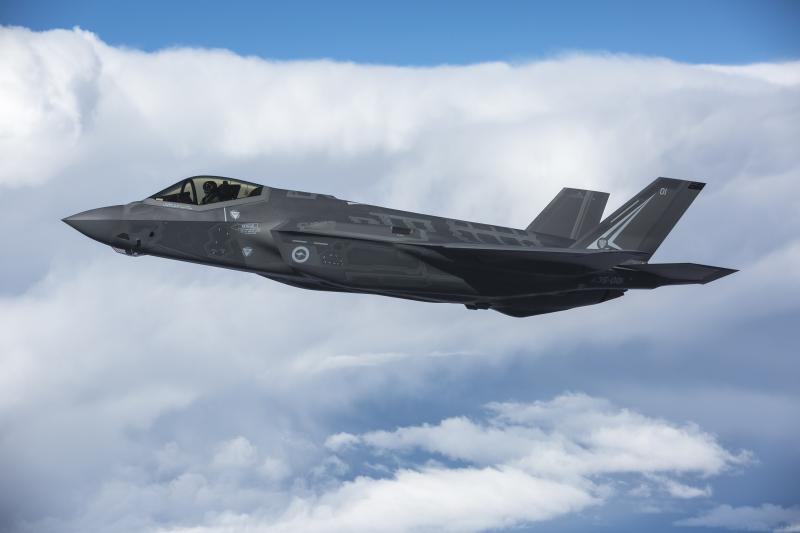
Good policymaking, including strategic policymaking, requires a number of steps. There has to be an objective reason why the government should or shouldn’t act. The options then need to be identified and assessed for efficacy, cost, risk and achievability and an evaluation strategy developed. A number of recent posts advocating significant boosts to Australia’s defence spending appear to miss some of these steps.
Strategic policy formulation is different in important ways from most domestic policymaking. There’s a long delay between deciding to acquire major capabilities and being able to field them, often decades. That means the international environment into which they emerge could be fundamentally different from current circumstances or the anticipated future strategic situation. The strategic risk that the new capabilities were intended to address might no longer exist or advances in military technology in the intervening period might have rendered them inadequate.
Whether the new capabilities will prove sufficient to achieve the deterrent effect sought or prevail in conflict when the crisis comes cannot be known in advance. Testing for the efficacy of options must rely on repeated robust wargaming based on the best intelligence and research available, professional military judgement and applied strategic imagination. The closest thing to evaluation of a new capability is to benchmark training and exercises.
But addressing strategic risks is itself a risky business.
Peter Jennings has proposed 10 steps for strengthening Australia’s defence, ‘on the assumption that we will have to do more for our own security, play a stronger leadership role in the region … and position ourselves for even darker threats to our security in coming years’. Behind Peter’s assumption are two judgements: that US forces might withdraw from South Korea and Japan during the term of Trump’s presidency; and, in the longer term, that Australia may face China ‘without confidence in the US security umbrella’.
Jennings’ key suggestions are lifting defence spending to at least 2.5% or 3% of GDP in a decade; assuming a greater leadership role in regional security; entering into a treaty with Japan; engaging in a formal security arrangement with France and the UK; negotiating strategic partnerships with Indonesia and India; building a nuclear industry that’s able to support a fleet of nuclear-powered submarines; and expanding the ADF to 90,000 personal.
Paul Dibb argues that long-term defence planning should encompass maintaining readiness levels that would permit Australia to join the US in ‘military contingencies such as the South China Sea, Taiwan, the Korean peninsula, the Indian Ocean and the South Pacific’ at short notice. He says that Australia ‘should aim to reassert our influence in these areas as China moves increasingly to challenge our strategic space’. And Australia’s military capabilities must be ‘sufficient to sustain a credible deterrence posture in a deteriorating strategic environment’. That includes acquiring ‘nuclear-powered attack submarines’.
Jennings and Dibb are right that China’s emergence as the preeminent power in East Asia and Australia being left without the comfort of confidence in the US alliance are the big strategic issues. But Australia cannot materially alter the course of these events— or even mitigate the consequences—by expanding its military capability.
If, as Jennings has suggested, the defence budget were increased to 3% of GDP, that would increase the share of overall government spending on defence from 6% to around 9%. (The budget would probably need to be more like 4% of GDP with a nuclear capability.) If the funding were siphoned from the health, education and social services portfolios, for example, they would need to find around 5% in savings. Otherwise, taxes would have to increase. To be politically digestible, an expansion in defence spending of this magnitude would need to be accompanied by a robust justification. Given the opportunity cost, what would taxpayers get?
The idea that Australia would be an attractive prospect for enhanced strategic relationships with other countries denies the complexity of the issues facing those living on or near China’s borders. Many countries in the region would be reluctant to imperil their economic relationships with China by entering into a strategic arrangement with Australia that was obviously directed at China—including Indonesia and India.
Similarly, a formal military alliance with Japan (or South Korea) not involving the US makes little geostrategic sense for those countries. Such a hostile act would increase tensions in North Asia and bring on certain repercussions. Australia does not and never will have the relative strategic weight to offer much in the way of increased security for those nations.
The Europeans regard the growth of China not as a threat but rather as an opportunity. The outcomes of the recent EU–China summit reinforced the growing strategic partnership between them. Moreover, the major European nations are facing a crisis in NATO and leaning towards closer continental defence cooperation. An arrangement with Australia against China is well down their list of priorities.
But the biggest problem with the proposals for greatly enhancing defence expenditure and pursuing alliances against China is that the outcome is almost certain to be perverse. Overtly taking steps clearly hostile to China, no matter how they’re dressed up, would simply be a provocation. And it would be delusional to think that China would stand idly by and watch Australia’s endeavours.
Not only does China have greater military capability than Australia at present, the gap will grow almost exponentially as time passes. China’s diplomatic influence greatly outweighs Australia’s because of its economic strength, foreign investment, infrastructure development under the One Belt, One Road policy, and trade arrangements. Not just Australia’s security, but its prosperity as well is likely to suffer as a result of such aggressive policies.
Expanding defence expenditure and aggressively seeking alliances against China doesn’t stand up on efficacy, cost, risk and achievability grounds. And that’s even before the feasibility and acceptability of acquiring a nuclear capability is addressed.
Defence experts tend to be worst-case tragics. If they’re given the lead on policymaking, they’ll almost always prioritise fighting the next war over building the next peace.

